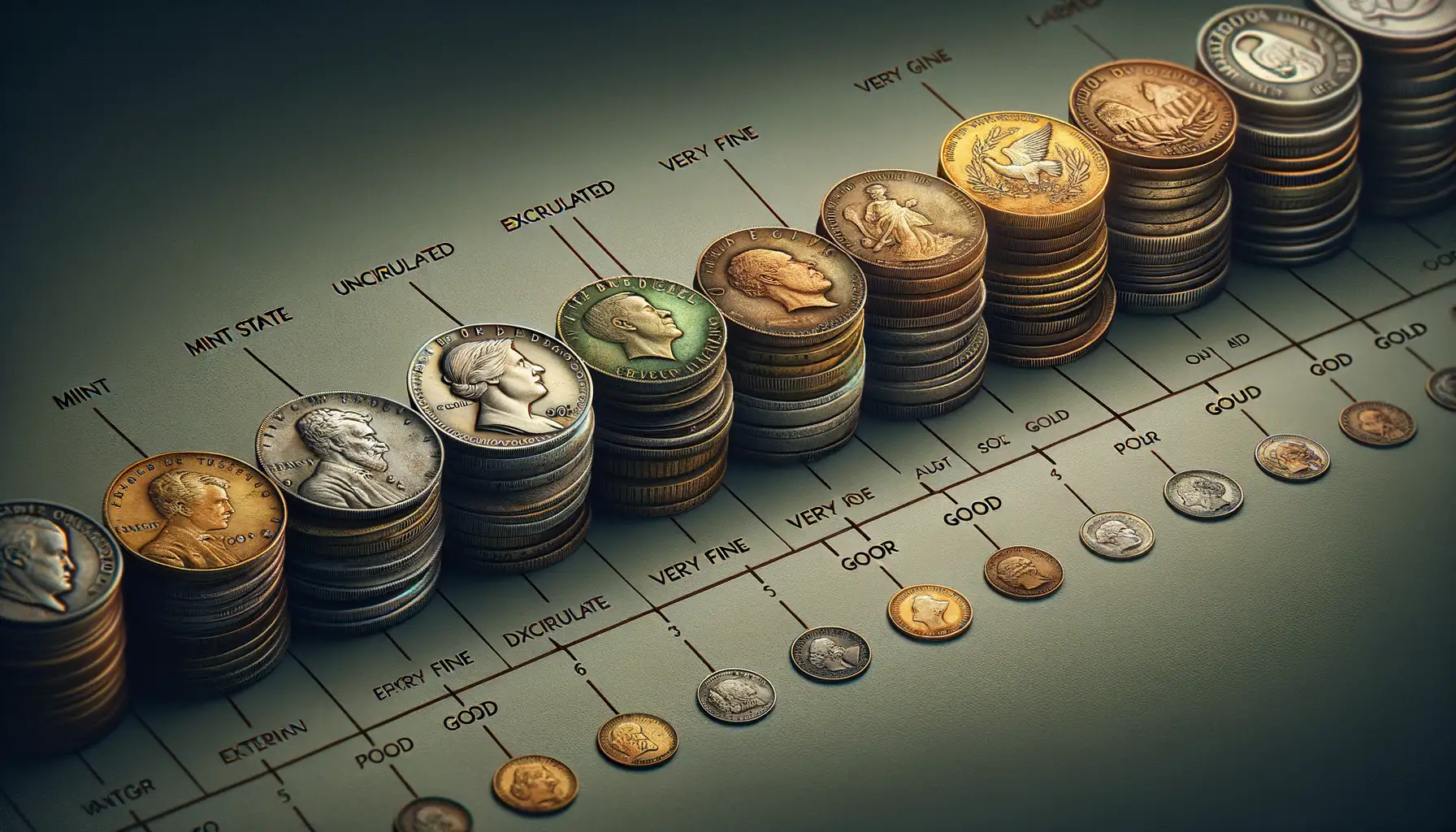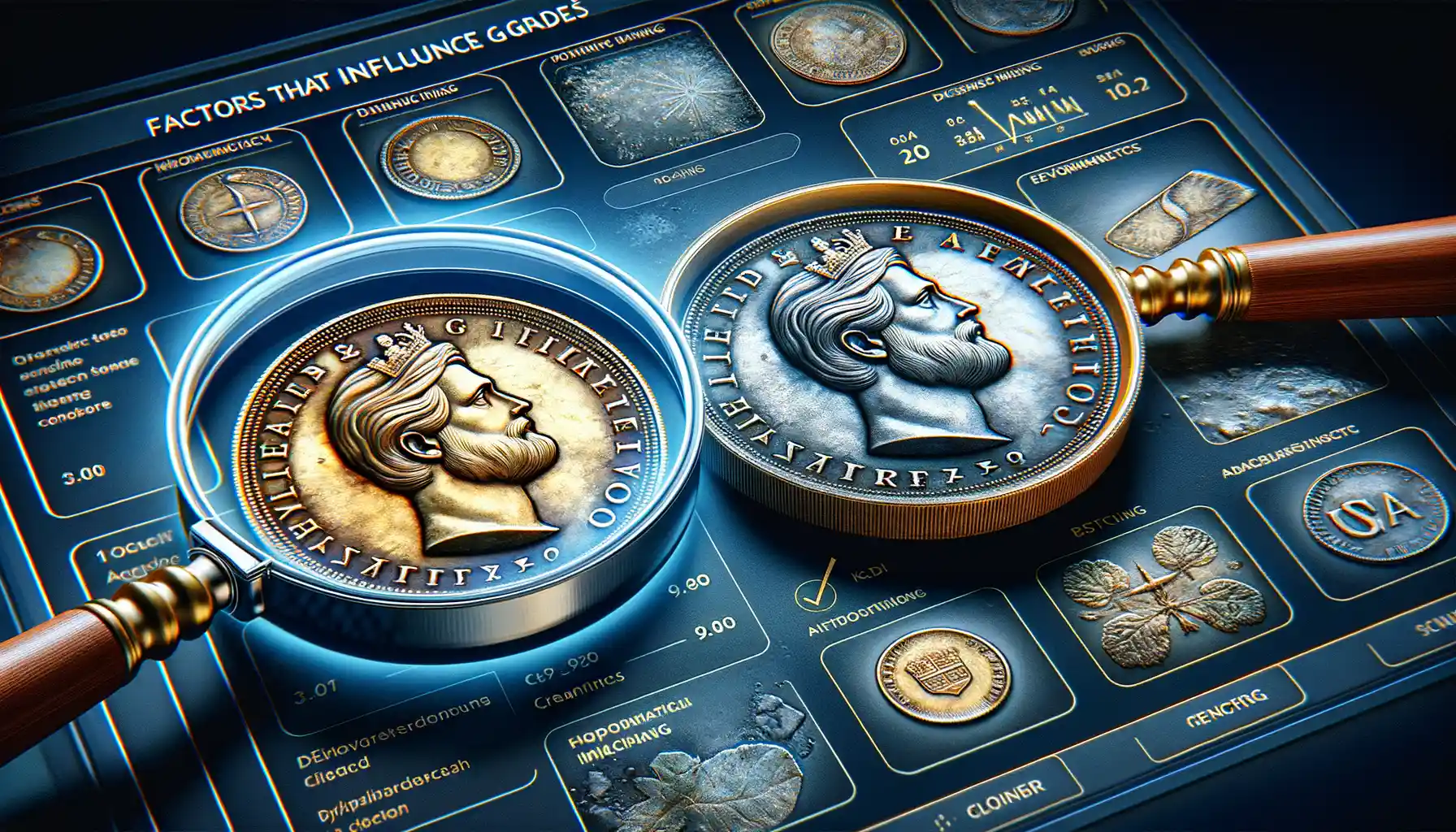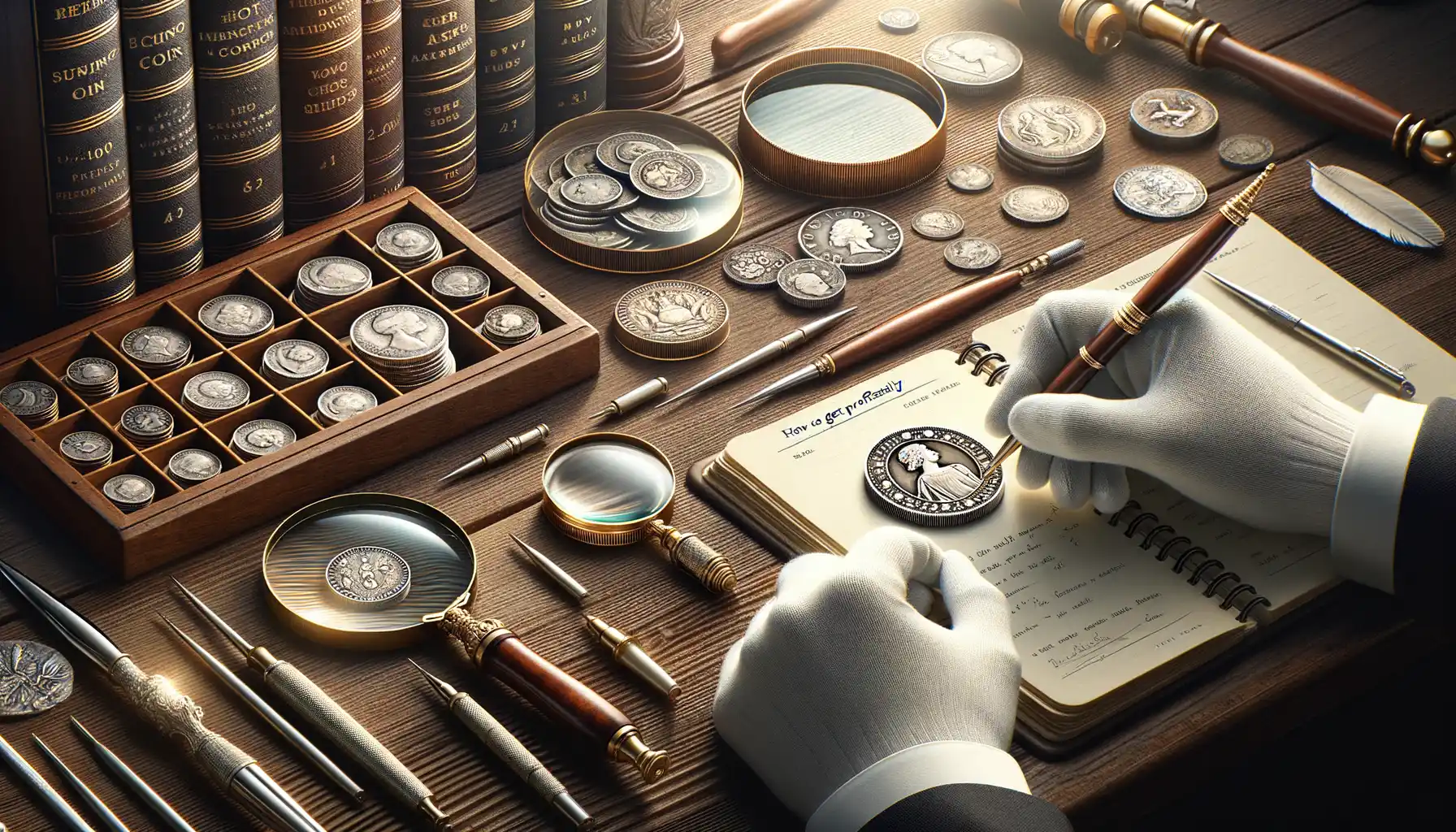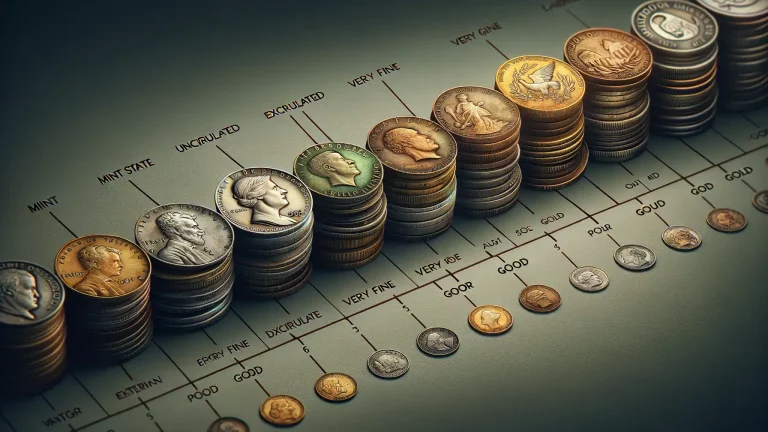What Is Coin Grading and Why Does It Matter?
Why Coin Grading Feels Like Unlocking a Treasure Chest
Imagine holding a coin in your hand. At first glance, it might seem just like any other – shiny, worn, or somewhere in between. But here’s the magic of coin grading: it transforms that ordinary-looking piece into something extraordinary by revealing its true value.
Coin grading evaluates a coin’s physical condition and assigns it a grade on a standard scale. Why does this matter? Because in the world of collecting, even tiny details can mean the difference between a $5 find and a $50,000 masterpiece. A slight nick on the edge, faint scratches, or a mirror-like shine could change everything.
For collectors, grading is a compass guiding their decisions. It reduces uncertainty and builds trust—important when you’re buying online or investing in rare pieces. Trust me, coins with a certified grade often command higher prices and respect in the market.
The Real Power of Grading: Stability and Confidence
Think about it: without professional grading, how do you know your coin isn’t overvalued or underappreciated? Grading establishes:
- Authenticity: Ensuring your coin is the real deal.
- Condition Clarity: Ruling out guesswork over wear and tear.
- Market Value: Making sure you’re paying—or earning—the right price.
So, whether you’re chasing history or building wealth, coin grading is where the adventure begins.
The Coin Grading Scale Explained

Understanding the 70-Point Grading Scale
Picture this: you’re holding a coin that gleams as if freshly minted. But how can you truly measure its value, condition, and allure? Enter the trusted Sheldon 70-point grading scale, the golden rule for collectors around the world. Developed in 1949 by Dr. William Sheldon, this system ranks coins from 1 to 70, with 70 being the pinnacle of perfection—a flawless masterpiece.
Coins graded between 1 and 59 are categorized as “circulated,” meaning they’ve seen some action—imagine a well-traveled coin passed through countless hands. On the flip side, coins scoring 60 to 70 are considered “uncirculated.” These are the untouched beauties, as pristine as the day they left the mint.
Here’s a quick peek at the key grades:
- MS-70: Absolute perfection. No scratches, no imperfections, no kidding.
- AU-58: Almost uncirculated, with just a whisper of wear on the highest points.
- VF-20: Very fine, with moderate wear but all key details still vibrant.
This scale isn’t just numbers—it’s a universal language every numismatist speaks fluently. With it, you’re not just collecting coins; you’re unlocking their stories.
Factors That Influence Coin Grades

The Art of Time and Preservation
Picture this: a coin is like a tiny time machine, carrying with it the whispers of centuries past. But over time, life happens—humans touch it, air oxidizes it, and accidents leave their marks. Key factors like wear and tear can make or break a coin’s grade. A sparkling silver dollar passed down through generations may have once shone brightly but now shows fine scratches from eager hands. Every ding tells a story, but collectors and grading experts judge these imperfections with eagle eyes.
Preservation matters too. Coins stored in airtight cases maintain their luster far better than those left loose in a drawer. Exposure to light, moisture, and acids (even from your fingerprints!) might discolor or corrode them. The difference? A stunning MS-65 versus a slightly dulled AU-50.
Design Details That Speak Volumes
Not all coins are created equal. Grading takes into account the intricacy of a coin’s design and how much of it survives over time. Experts analyze:
- Strike quality: How sharply were details pressed during minting?
- Surface conditions: Are there any blemishes, spots, or cleaned areas?
- Luster and patina: Does it shine with that original “mint bloom,” or has it faded?
A beautifully struck coin with an untouched surface is the holy grail for grading specialists—and collectors alike!
How to Get Coins Professionally Graded

Why Trust the Professionals for Coin Grading?
Getting your coins professionally graded isn’t just a step—it’s the gateway to unlocking their true value. Imagine holding a treasure in your hands, only to have no idea how much it’s worth. That’s where professional grading houses—think PCGS or NGC—step in as the Sherlock Holmes of the coin world. They scrutinize every tiny detail, categorize condition, and seal your coin in tamper-evident holders to preserve its legacy.
To start, carefully choose a reputable grading service. Some specialize in ancient coins; others excel in modern ones. Still unsure? Look up reviews or talk to fellow collectors to pinpoint the perfect fit. The details matter here: Proper documentation, including a submission form, is crucial.
- Carefully clean your coin—but don’t overdo it! Improper cleaning can actually lower value.
- Package it securely: Foam inserts, padded envelopes—whatever protects it during shipping.
You’ll also need to pay a grading fee, which varies based on coin value and turnaround time. But trust me—it’s worth it. There’s nothing like holding a slabbed, verified gem you know the world will respect.
Tips for Collectors on Evaluating Coin Grades

Crucial Details That Reveal a Coin’s True Grade
Evaluating a coin’s grade is like solving a small mystery—you’re piecing together clues to uncover its true story. Start by grabbing some good lighting and a magnifying glass. You’ll want to study the coin’s surface carefully, paying attention to both the obvious and the subtle.
Here’s where your detective work begins:
- Luster: Is the coin’s shine vibrant, or does it look dull and lifeless? Luster can reveal how much the coin has been handled or preserved.
- Strike quality: A sharp design means the coin was struck well at the mint, while softness in details might indicate wear or poor striking techniques.
- Marks and scratches: Are there noticeable nicks, bag marks, or abrasions? High-grade coins have very few of these distractions.
Don’t just stop there—turn the coin over. Both sides tell a story! Does it have visible spots, discoloration, or any signs of cleaning? Artificially cleaned coins may have unnatural shine but lose value faster than a melted ice cream.
The Value of Experience (and Mistakes!)
Want to fast-track your grading skills? Learn from others. Visit coin shows, join forums, or compare your evaluations with coins certified by top-tier companies like PCGS or NGC. Buying a coin that looks ungraded but ends up lower than expected? It happens—and it’s your best teacher. The more coins you handle, the sharper your eye becomes. Trust your instincts, stay curious, and remember: every scratch tells a story worth knowing.

